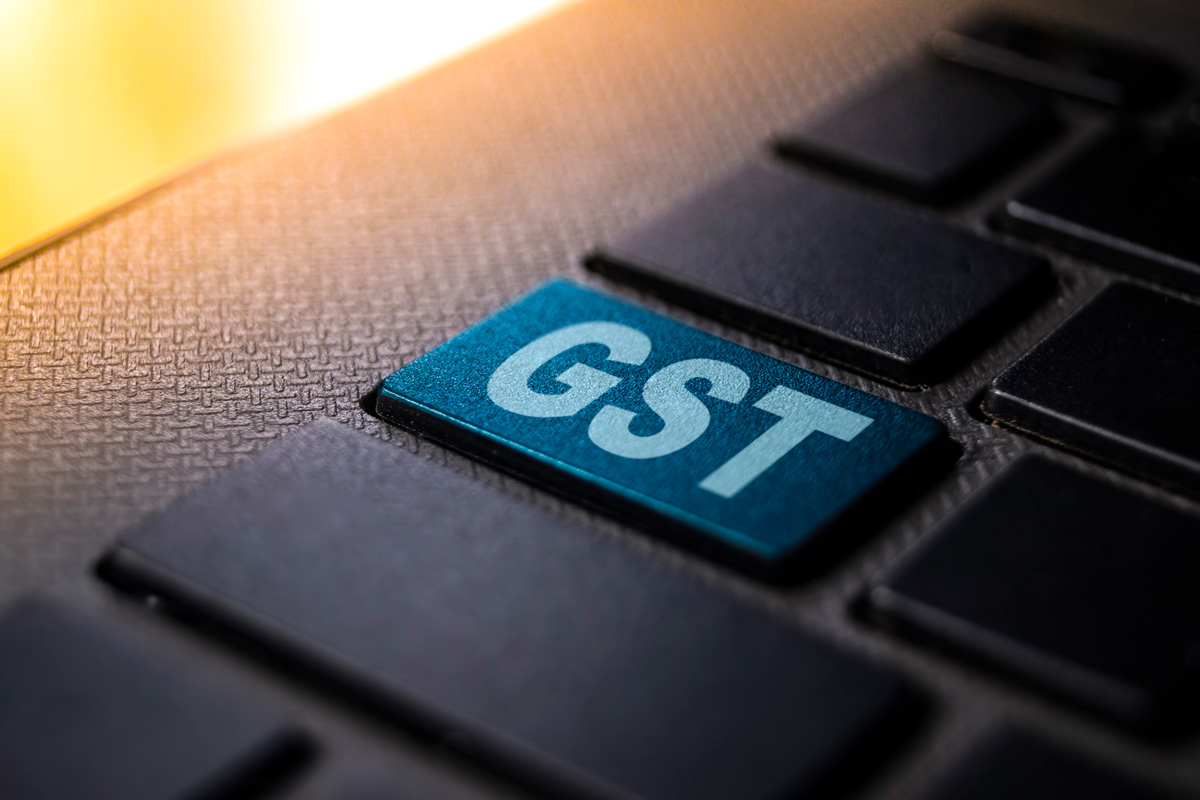GST revenue collection in June stands at Rs 90,917 cr
The total revenue earned by central government and state governments after regular settlement in June, stood at Rs 32,305 crore for Central GST and Rs 35,087 crore for the State GST.
With revenue position remaining strained due to the Covid-19 outbreak, states have been reluctant to consider bringing high revenue-generating petroleum products under the GST fold.

(Photo: iStock)
With GST revenue collections making a rebound post the disruptions caused by the second wave of the Covid pandemic, the Centre is likely to initiate dialogue with states for the inclusion of petroleum products under the new indirect tax fold.
Sources privy to the development said that based on the Petroleum Ministry’s suggestion, the Centre may take up with GST Council the issue of bringing natural gas under the Goods and Services Tax (GST) regime to begin with before the entire oil and gas sector is brought under it.
Advertisement
The 45th GST Council meeting is scheduled for September 17, 2021, at Lucknow.
Advertisement
Though the council members will discuss several pending issues such as states compensation, revision of GST rates on Covid essentials, inverted duty structure, the Centre is also likely to take up the case for early inclusion of gas into the new taxation fold.
With revenue position remaining strained due to the Covid-19 outbreak, states have been reluctant to consider bringing high revenue-generating petroleum products under the GST fold.
But with GST collections improving substantially this year remaining above the Rs 1 lakh crore psychological mark in most months of FY22, the Centre feels it is the right time to push for tax reforms in the oil and gas sector as well with the inclusion of gas helping in the plan to develop a gas-based economy in the country.
The inclusion of gas would not pose a challenge for the GST Council as it is largely an industrial product where a switchover to the new taxation would not be difficult. The revenue implication for the states is also low in the case of this switchover.
“States are in a fairly better position now with GST revenue hitting over Rs 1 lakh crore-mark for the past few months and Centre has also improved their liquidity position through additional borrowing schemes.
This should make phased inclusion of petroleum products under GST easier for the council,” said an official source in the oil ministry.
GST levy on natural gas would help state-run oil companies such as ONGC, IOCL, BPCL and HPCL to save tax burden to the tune of Rs 25,000 crore as they would get credit on taxes paid for inputs and services.
Tax credits are not transferable between the two different taxation systems.
The Steering Committee for Advancing Local Value-Add and Exports (SCALE) chaired by Mahindra & Mahindra MD & CEO Pawan Goenka in its report to the commerce ministry has also batted for the provision of the input tax credit of natural gas to make its prices more competitive.
This could happen once it is included in GST.
Sources said Council could consider a three-layered GST structure for gas where residential piped natural gas (PNG) is taxed at a lower rate of 5 per cent, commercial piped natural gas could be taxed at a median rate of 18 per cent, and car fuel CNG could be taxed at a maximum rate of 28 per cent.
However, such a proposal has not yet been drafted and it could be put on the table after consensus has arrived at the inclusion of gas under GST.
Gas sales, including CNG and piped gas supplies, attract VAT ranging from 5-12 per cent.
As part of its efforts to build consensus with the states on GST launch, the government had decided to exclude five petroleum products — crude oil, petrol, diesel, ATF and natural gas — from the list of items placed under GST, but included products such as cooking gas, kerosene and naphtha in the new regime.
Advertisement